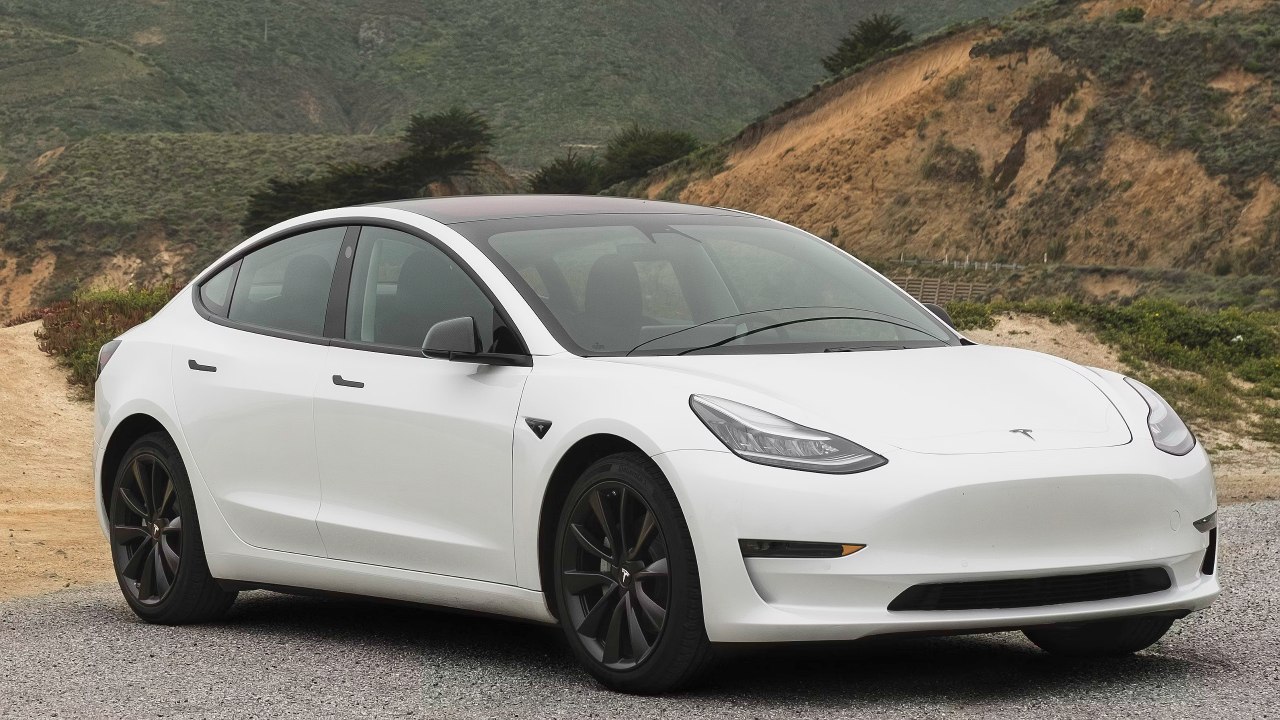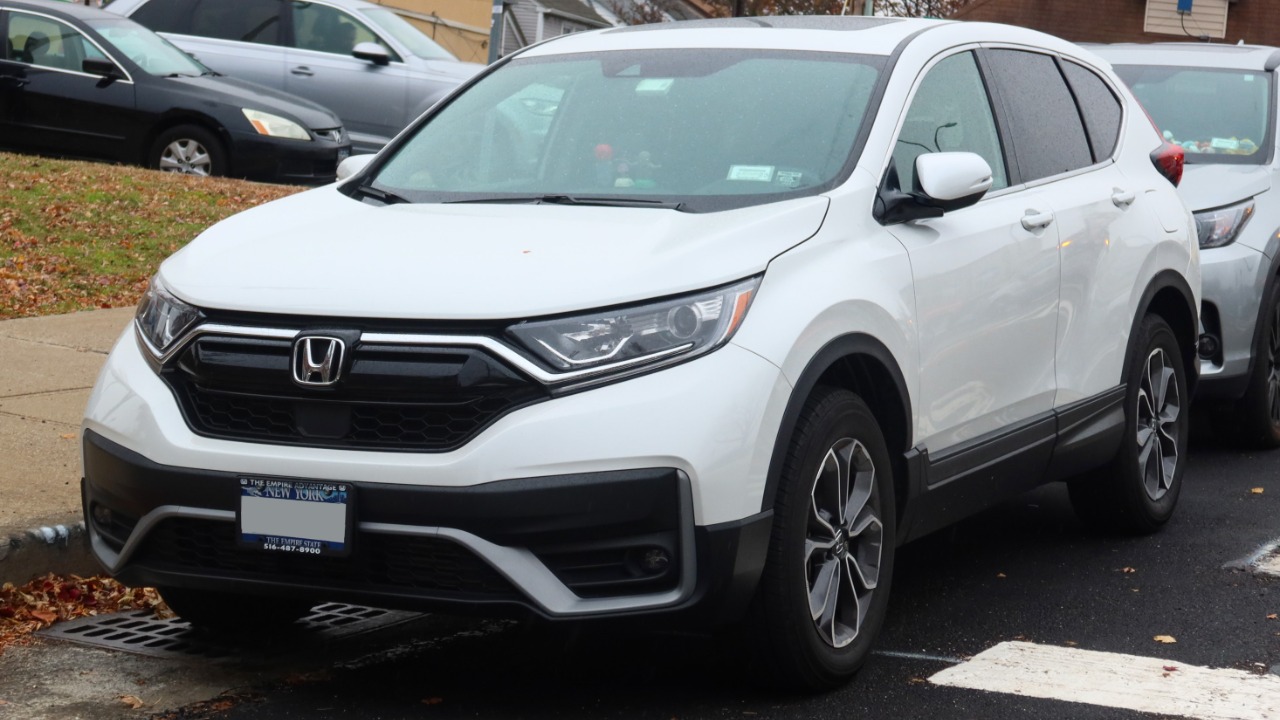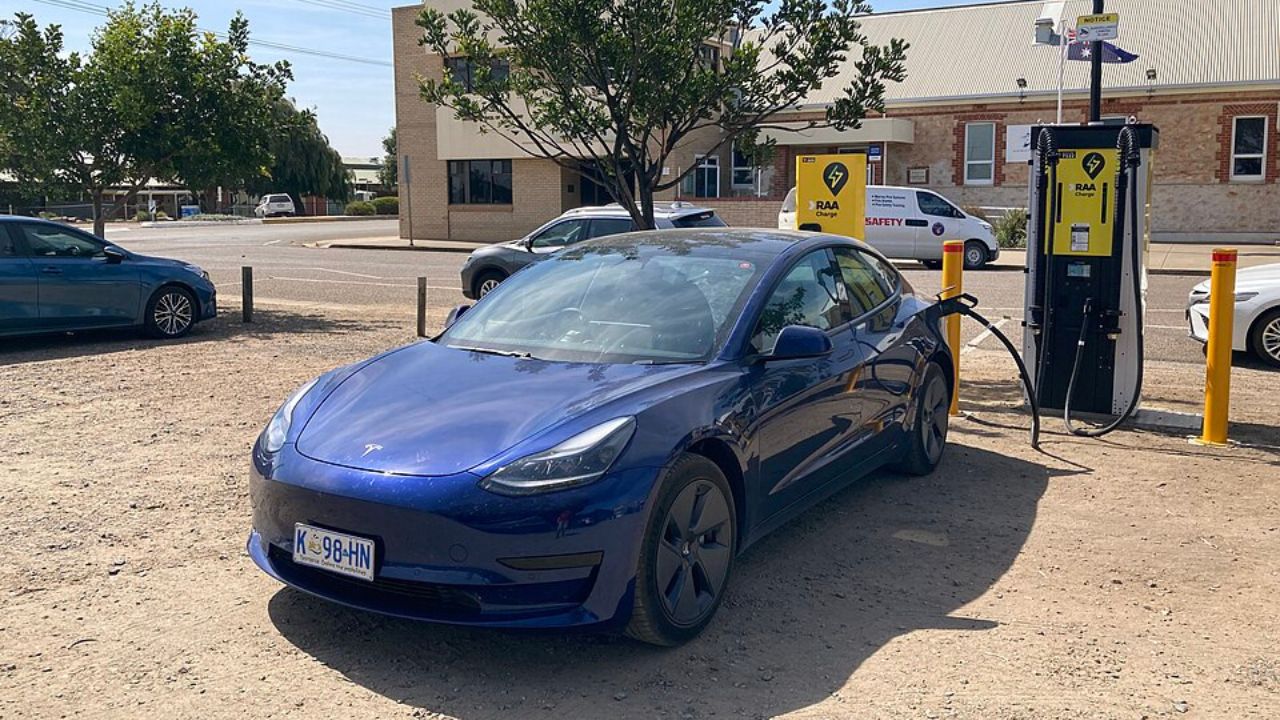Regenerative braking is a key feature in hybrid and electric vehicles (EVs) that enhances efficiency by converting kinetic energy into electrical energy, which is then stored in the vehicle’s battery. This technology not only extends the driving range but also reduces wear on braking components. Understanding how regenerative braking works can offer insights into the advancements in sustainable automotive technologies.
The Basics of Regenerative Braking
Regenerative braking is an innovative process that allows vehicles to recover energy typically lost during braking. In traditional braking systems, kinetic energy—generated by the vehicle’s motion—is dissipated as heat through friction in the brake pads and rotors. This method, while effective in stopping the vehicle, does not utilize the energy produced during deceleration. Regenerative braking, on the other hand, captures this kinetic energy and converts it into electrical energy, which can then be reused.
Unlike conventional braking systems, regenerative braking leverages electric motors to reverse their function and act as generators. This process slows down the vehicle by converting the wheel’s rotational force into electricity. The generated electricity is then fed back into the vehicle’s battery for storage. This function not only contributes to energy efficiency but also decreases the dependency on traditional braking, thus reducing wear and tear on brake components.
Components Involved in Regenerative Braking
At the heart of regenerative braking are electric motors that serve a dual purpose. Typically, the motors propel the vehicle by converting electrical energy into mechanical energy. However, during braking, the process is reversed: the motors act as generators, converting mechanical energy back into electrical energy. This capability is crucial for the effective implementation of regenerative braking in EVs and hybrids.
The vehicle’s battery plays a vital role as it stores the electrical energy generated during braking. For instance, in models like the Tesla Model 3 or the Toyota Prius, the integration of high-capacity lithium-ion batteries allows for significant energy capture and storage. The efficiency of energy storage directly impacts the vehicle’s range and overall performance. Moreover, sophisticated electronic control systems are integrated to manage the flow of energy between the motor and the battery. These systems ensure that the right amount of energy is captured and stored without overloading the battery or the electrical components.

Benefits of Regenerative Braking
One of the major benefits of regenerative braking is the improvement in fuel efficiency and the extension of driving range for both hybrid and electric vehicles. By capturing energy that would otherwise be wasted, vehicles can travel further on a single charge, making them more practical and economical for everyday use. For instance, the Nissan Leaf, an all-electric vehicle, is designed to maximize energy recovery and thus extend its range.
Additionally, regenerative braking reduces the mechanical strain on traditional brake systems. Since the vehicle relies less on friction-based braking, the wear and tear on brake pads and rotors are significantly reduced. This translates to lower maintenance costs and longer intervals between brake servicing. Furthermore, by optimizing energy usage, regenerative braking contributes to environmental sustainability. It reduces the overall energy consumption of vehicles, thereby decreasing their carbon footprint and aligning with global efforts to combat climate change.
Challenges and Limitations
Despite its advantages, regenerative braking comes with certain challenges and limitations. One of the primary constraints is the amount of energy that can be regenerated and stored. The effectiveness of energy capture is often limited by the battery’s capacity and the vehicle’s speed during deceleration. High-speed scenarios may not allow for complete energy recovery, thus reducing the potential benefits.
Another concern is the potential impact on brake feel and performance, especially during emergency stops. Drivers may notice a difference in braking response when compared to conventional systems, which can be unsettling. Manufacturers continuously work to refine the integration of regenerative and friction braking to ensure a seamless and safe driving experience. Lastly, the design and implementation of regenerative braking systems involve technical and economic considerations. The development of more efficient systems requires investment in research and development, which can affect the overall cost of the vehicle.
Future Developments in Regenerative Braking Technology
The future of regenerative braking technology is promising, with ongoing advancements aimed at enhancing energy storage capabilities. Innovations in battery technology, such as the development of solid-state batteries, are expected to significantly increase the amount of energy that can be stored. This will improve the efficiency of regenerative braking and extend the driving range of EVs and hybrids even further.
Moreover, advances in sensor and control systems are set to optimize energy management. Enhanced sensors will allow for more precise control of the energy conversion process, ensuring maximum energy capture. Additionally, the integration of artificial intelligence and machine learning algorithms could further refine the regenerative braking process, adapting it to various driving conditions and individual driving styles.
Emerging trends also suggest potential applications of regenerative braking technology in other transportation sectors, such as public transit systems and commercial vehicles. For example, electric buses and delivery trucks could benefit from regenerative braking, reducing both operational costs and environmental impact. As more industries recognize the advantages of this technology, its implementation is likely to become more widespread, contributing to a more sustainable future for transportation.
Like Fast Lane Only’s content? Be sure to follow us.
Here’s more from us:
*Created with AI assistance and editor review.







Leave a Reply